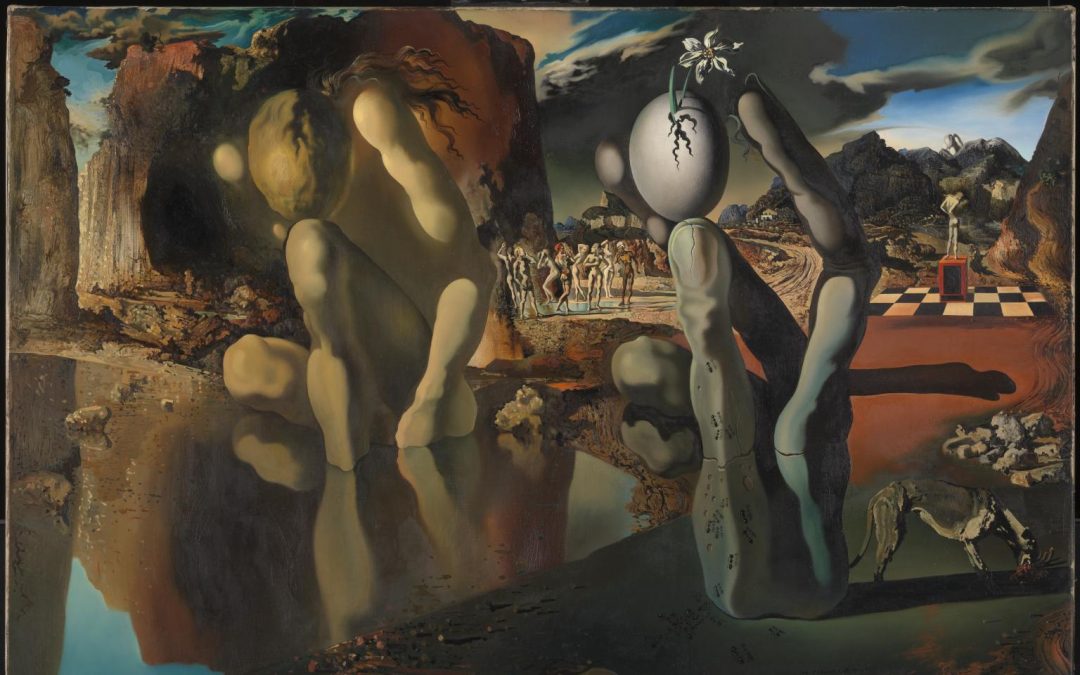The noted German composer Paul Hindemith emigrated from Nazi Germany in 1938 and came to the United States in 1940. He was approached that year by Russian choreographer Léonide Massine to write music for a ballet based on works by the German composer Carl Maria von Weber (1786-1826). When the project fell through due to artistic disagreements, Hindemith nonetheless went ahead with his Weber project in 1943, composing his most popular work, the “Symphonic Metamorphosis on Themes by Carl Maria von Weber.” It’s a brilliant, audacious and dramatic piece. Hindemith based it on four obscure Weber piano duets which he often played with his wife. One of these pieces (Turandot) is based on an old Chinese pentatonic tune; Weber also arranged that tune as an orchestral overture, which The Broadway Bach Ensemble performed a few years ago.
Hindemith took Weber’s charming piano duets and utterly transformed them into a work of symphonic proportions. Hindemith scored this work for a large orchestra, including a substantial percussion section, and added English horn, bass clarinet and contrabassoon to the usual string, woodwind and brass forces.
The opening Allegro is fiercely rhythmical, interspersed with lyrical wind solos, interrupted towards the end by timpani and percussion crashes. The Turandot scherzo elaborates its pentatonic theme in all sections of the orchestra; Hindemith develops it into a brass and percussion jazz fugue, with a striking section just for timpani and percussion. The dreamy Andantino is a calm in the storm, introspective and lyrical, with clarinet, bassoon and horn solos ending with a running flute obbligato. The closing Marsch moves relentlessly forward — propelled to a heroic theme played first by the horns, then taken up in turn by brass, winds and strings. The piece closes in dramatic fashion with a spectacular ending.
Symphonic Metamorphosis
on Themes by Carl Maria von Weber
Composed in 1943
By Paul Hindemith






